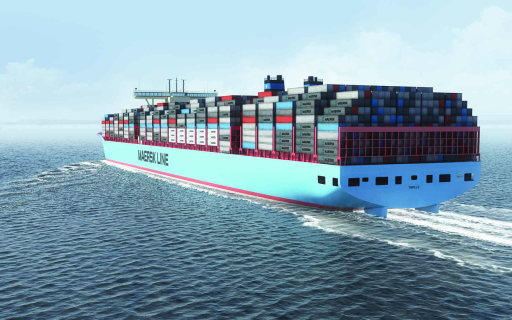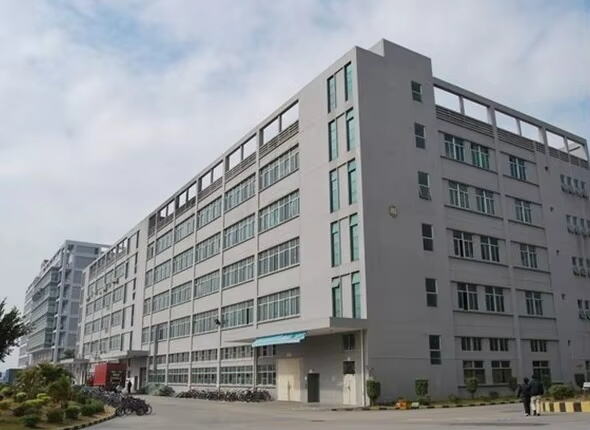Optimizing Global Trade Logistics with Full Container Loads
For businesses managing large-scale exports or regular, high-volume orders, shipping efficiency can significantly influence overall profitability and customer satisfaction. In the realm of international freight, FCL shipping (Full Container Load) has emerged as a preferred logistics solution for companies prioritizing control, speed, and reliability. Leveraging FCL shipping not only supports operational scalability but also ensures that shipments move through the global supply chain with fewer delays and minimal handling risks.
Advantages of Container Exclusivity in Global Transport
Reduced Handling and Lower Risk of Damage
One of the primary benefits of FCL shipping lies in the exclusivity it offers. By reserving an entire container for a single shipment, businesses eliminate the need for cargo consolidation and deconsolidation. This results in fewer touchpoints during transit, dramatically reducing the chances of goods being mishandled, lost, or delayed due to shared container coordination. The reduced handling also improves shipment integrity, particularly for fragile or high-value products.
Streamlined Documentation and Clearance Procedures
FCL shipping allows for streamlined customs clearance processes, as the entire container is owned by one consignee. This simplifies paperwork, minimizes the chances of documentation errors, and accelerates inspection procedures. When goods are not shared with other importers, clearance authorities are better able to verify contents efficiently, avoiding unnecessary scrutiny or delays. This benefit is especially advantageous in jurisdictions with rigorous customs protocols.
Cost Benefits for High-Volume Cargo
Economies of Scale for Large Orders
Shipping in full container loads can be more cost-effective for businesses moving large quantities of goods. While the upfront cost of securing an entire container may appear higher, the per-unit shipping rate is often significantly lower than that of LCL (Less than Container Load) alternatives. FCL shipping enables businesses to reduce their average logistics expense over time, maximizing value on each shipment.
Predictable Pricing and Fewer Hidden Fees
FCL shipping also promotes pricing transparency. Since the container is dedicated to one shipper, freight forwarders and carriers are less likely to tack on unexpected surcharges associated with shared logistics services. There are typically no fees for consolidation or deconsolidation, and fewer administrative charges related to multiple invoices or intermediary services. This predictability aids in accurate budgeting and cost control.

Greater Operational Control and Scheduling Flexibility
Dedicated Transport Timeline
With FCL shipping, companies gain greater control over the shipping schedule. Unlike LCL shipments that may be delayed while waiting for other cargo to fill the container, FCL shipments can depart as soon as the container is packed and sealed. This independence shortens lead times and aligns better with internal inventory cycles or customer deadlines.
Flexibility in Packaging and Load Configuration
Full container loads allow shippers to configure their cargo as they see fit, optimizing space utilization without compromising safety or regulatory requirements. Businesses can select packaging materials and palletization strategies that protect goods and maximize container volume. This kind of flexibility enhances efficiency and helps maintain product quality throughout transit.
Enhancing Warehouse Coordination and Fulfillment
Easier Integration with Warehousing Systems
FCL shipping supports seamless integration with automated warehouse management systems. Since all goods in the container belong to one company, inbound receiving can be handled faster and more systematically. This improves inventory tracking, restocking, and distribution accuracy. Bulk goods arriving in one container can also be cross-docked or rerouted more efficiently than mixed LCL shipments.
Simplified Returns and Reverse Logistics
When returns are necessary, managing reverse logistics is easier with FCL shipments. Tracking, sorting, and processing items from a single customer shipment simplifies the identification and handling of returned products. This results in shorter turnaround times and lower costs for restocking or refurbishing, especially in sectors such as electronics, apparel, or industrial equipment.
Strategic Benefits for International E-Commerce and Retail
Boosting Global Supply Chain Resilience
FCL shipping plays a key role in building a resilient international supply chain. Because the cargo is transported in a single batch under a unified tracking system, it is easier to monitor and reroute in case of disruptions. Retailers and e-commerce businesses benefit from the improved reliability and visibility that FCL logistics offer.
Strengthening Brand Credibility and Customer Experience
Timely delivery of intact products directly impacts customer trust and brand perception. FCL shipping enables retailers to meet delivery promises consistently and reduces the likelihood of missing items or shipping errors. This operational precision enhances customer experience, driving positive reviews and repeat purchases.
Compliance and Documentation Efficiency
Better Alignment with Import Regulations
FCL shipping helps companies stay compliant with international trade regulations by simplifying documentation and inspections. Because shipments are not intermingled with unrelated cargo, it’s easier to verify compliance with health, safety, or environmental standards at border checkpoints. This is particularly crucial in sectors such as pharmaceuticals, food, and chemicals.
Easier Audit and Reporting Processes
Managing shipment data becomes more straightforward with FCL shipping. All tracking, billing, and certification information pertains to a single container and consignee. This makes audits faster and more accurate and facilitates timely filing of taxes or government reports. Logistics teams benefit from having centralized, clean records.
Environmental Impact and Sustainability Alignment
Lower Carbon Footprint Per Unit
Contrary to expectations, FCL shipping can be more environmentally friendly than partial loads. By maximizing container usage, businesses reduce the number of trips required to transport equivalent goods. This improves fuel efficiency and lowers CO2 emissions per unit, supporting sustainability goals and corporate environmental responsibility programs.
Encouraging Reusable Packaging Practices
FCL shipping supports the use of customized, reusable packaging, as businesses have full control over how items are loaded and secured. Companies can employ stronger, recyclable materials and optimize packaging strategies without worrying about compatibility with co-shipped products. Over time, this reduces packaging waste and cost.
Aligning Logistics with Growth Objectives
Scalability for Expanding Enterprises
For growing businesses, FCL shipping is a scalable solution that adapts to increased demand. Once a company reaches a consistent shipment volume, transitioning from LCL to FCL enables smoother operations and supports growth without drastic infrastructure changes. This makes FCL shipping a smart long-term logistics investment.
Strategic Inventory Management Support
Managing inventory across multiple locations becomes more efficient with FCL shipping. Bulk deliveries enable distribution centers to receive and process larger quantities at once, allowing for strategic stock allocation across regional warehouses. This reduces the frequency of shipments and minimizes stockouts or overstock scenarios.
FCL Shipping FAQ
How is FCL shipping different from LCL shipping?
FCL shipping involves reserving an entire container for one shipper, while LCL shipping combines goods from multiple sellers into a single container. FCL offers more control, faster transit, and better protection.
When should a business choose FCL shipping?
FCL shipping is best when the volume of goods is enough to fill most or all of a container, or when shipment integrity, timing, and cost-efficiency are priorities.
Are there any downsides to FCL shipping?
While FCL shipping provides many advantages, the main downside is the upfront cost for businesses not yet shipping in large volumes. Storage and inventory space must also be available to accommodate bulk deliveries.
What container sizes are typically used for FCL shipping?
The most common container sizes for FCL shipping are 20-foot and 40-foot containers. Selection depends on cargo dimensions, weight, and required capacity.
Table of Contents
- Optimizing Global Trade Logistics with Full Container Loads
- Advantages of Container Exclusivity in Global Transport
- Cost Benefits for High-Volume Cargo
- Greater Operational Control and Scheduling Flexibility
- Enhancing Warehouse Coordination and Fulfillment
- Strategic Benefits for International E-Commerce and Retail
- Compliance and Documentation Efficiency
- Environmental Impact and Sustainability Alignment
- Aligning Logistics with Growth Objectives
- FCL Shipping FAQ



